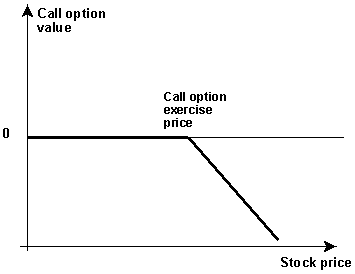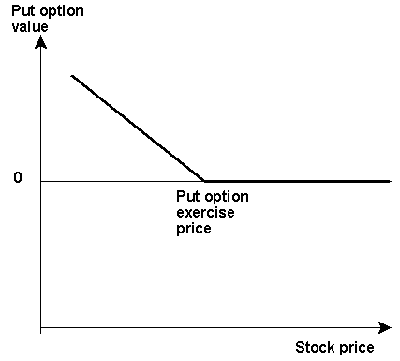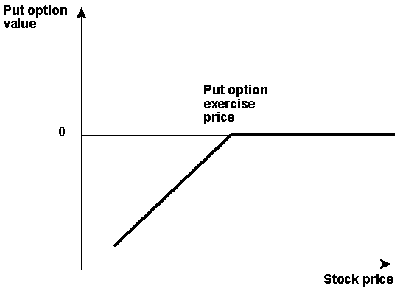- CFA Exams
- 2026 Level I
- Topic 7. Derivatives
- Learning Module 8. Pricing and Valuation of Options
- Subject 1. Option Exercise Value, Moneyness, and Time Value
Why should I choose AnalystNotes?
Simply put: AnalystNotes offers the best value and the best product available to help you pass your exams.
Subject 1. Option Exercise Value, Moneyness, and Time Value PDF Download
Almost anything with a random outcome can have an option on it. The underlying instruments for options are stocks, stock indices, bonds, interest rates, currencies, futures, commodities, etc.
Every option is either a call option or a put option. Options are created only by selling and buying. Therefore, for every owner (buyer) of an option, there is a seller (writer).
- The premium (value) is paid when the option contract is initiated.
- The price at which the option holder can buy or sell the underlying is called the exercise price or strike price.
There are two fundamental kinds of options:
- American option. It permits the owner to exercise at any time before or at expiration.
- European option. The owner can exercise the option only at expiration.
The American option cannot be worth less than the European option, because the owner of the American option also has the right to exercise the option before expiration if he desires. Put it in another way, you can do with an American option anything you can do with a European option, plus you can exercise early. Thus, the American option gives the owner more flexibility.
Note: The terms "European" and "American" are not associated with geographical locations.
Moneyness refers to the potential profit or loss from the immediate exercise of an option. An option may be:
- In-the-money if its exercise would be profitable for its holder. A call (put) option is in-the-money if the stock price exceeds (is below) the exercise price;
- Out-of-money if its exercise would be unprofitable for its holder. A call (put) option is out-of-money if the stock price is less (higher) than the exercise price;
- At-the-money if the value of the underlying is equal to the exercise price. A call or put option is at-the-money if the stock price equals the exercise price.
Intrinsic value is the value of the option if it is exercised immediately.
Time value is the amount an investor is willing to pay for an option above its intrinsic value. This amount reflects hope that the option's value increases before expiration due to a favorable change in the underlying security's price. The time value of an option is always positive but declines to zero at maturity.
Option Payoffs
The easiest time to determine an option's value is at expiration. At that point there is no future; only the present matters. An option's value at expiration is called its payoff.
For a European option at expiration:
- cT = Max(0, ST - X)
- pT = Max(0, X - ST)
Long call strategy. The worst that can happen is losing the entire premium (value) of the option. Potential profits are theoretically unlimited.

Short call strategy. The best thing that can happen to the seller of a call is never to hear any more about the transaction after collecting the initial premium. Potential losses from selling a call are theoretically unlimited.

Long put strategy. The smaller the stock price (ST), the greater the put option value.

Short put strategy.

User Contributed Comments 5
| User | Comment |
|---|---|
| Will1868 | I think it may also be important to remember the price/premium paid for the option when determining the correct price at which to excersize. For exm. wouldn't the breakeven strike price for the holder of a call be the strike+premium paid? |
| johnfuller | the premium paid is a sunk cost and should not be included. |
| gaur | premium paid is sunk cost only after you have enetered into an option, a prudent investor would take it into account BEFORE getting into the position, thus breakeven price is of paramount importance and premium should always be considered |
| arendb | Why is the max value of a European call not the present value of the underlying price: St/(1+r)? I.e. why do we discount european put and not european call, since both can only be exercised at expiration? |
| fobucina | I think the notes were only analyzing the payoffs @ the point of expiration. Therefore, there is no need to discount the payoffs. |

I am using your study notes and I know of at least 5 other friends of mine who used it and passed the exam last Dec. Keep up your great work!

Barnes
My Own Flashcard
No flashcard found. Add a private flashcard for the subject.
Add